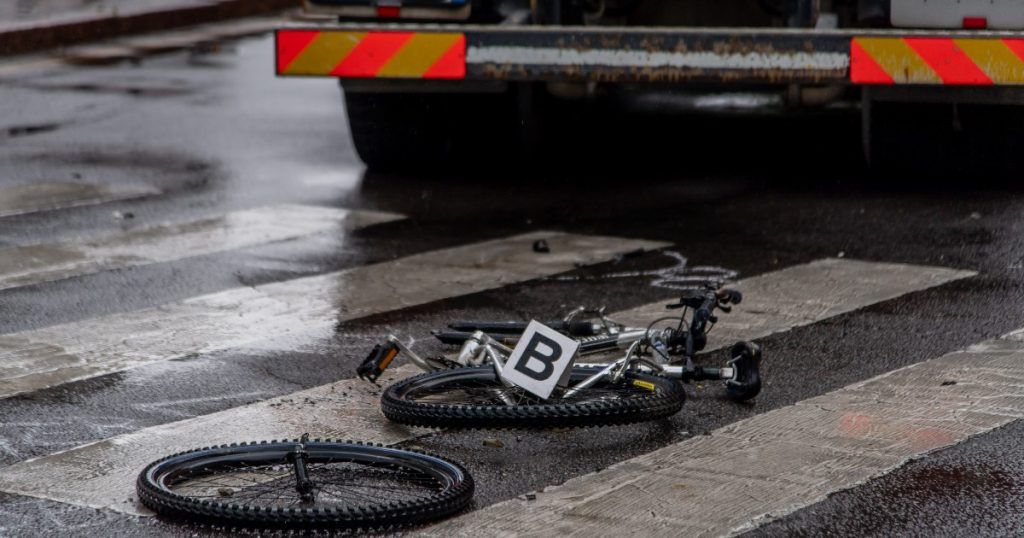Milan’s Bold Move: Enhancing Road Safety and Tackling Pollution with Innovative Measures
In a groundbreaking initiative, the vibrant city of Milan has taken decisive action to address the rising concern of road casualties among cyclists and pedestrians. As of September 29, the metropolis has mandated the installation of blind spot sensors on buses and lorries, marking a significant step towards reducing accidents that have, in some instances, proven fatal and spurred public outcry.
A City in Motion: Milan’s Vision for Safer Roads
Milan, often revered for its rich history and cultural heritage, is now making headlines for its commitment to enhancing road safety. The city has responded to a surge in cycling accidents, a trend that escalated to 1,467 incidents in 2022, up from 1,250 in the previous year, as revealed by a study conducted by Paolo Bozzuto, a professor of urban planning at Milan Polytechnic.
The Urgency of Change: A Plea for Safer Cycling, Milan
Eleonora Ciscato, a Milanese university researcher, welcomes the introduction of blind spot sensors but emphasizes the need for more robust measures to ensure the safety of cyclists. She articulates the challenges faced by cyclists, ranging from cobblestone roads to tram tracks, compounded by a city infrastructure not originally designed with cyclists in mind. Ciscato’s concerns reflect the broader sentiment among citizens, echoing the need for comprehensive solutions.
Milan’s Proactive Measures: A Detailed Overview, Milan
1. Blind Spot Sensors Mandate
In a bid to mitigate accidents involving buses and lorries, Milan has made it mandatory for these vehicles to be equipped with blind spot sensors. The sensors are designed to provide drivers with real-time alerts about objects or individuals in their blind spots, a critical development in averting potential collisions.
2. Congestion Charge Reforms, Milan
Recognizing the intertwined challenges of pollution and traffic, Milan is tightening the rules of its congestion charge system. Effective Monday to Friday during working hours, vans, buses, and lorries without blind spot sensors will be restricted from most parts of the city. Temporary exceptions until 2024 or 2025 have been granted to facilitate a smooth transition for drivers adjusting to the new regulations.
3. Public Outcry and Protests, Milan
The urgency of these safety measures is underscored by the tragic incidents that have unfolded on Milan’s streets. Pro-cycling groups have taken to the streets in protest, demanding immediate action to address the alarming rise in cycling accidents. The cries for “enough with deaths on the street” and “peace on the road” echo the collective plea for safety reforms.

Milan’s Road Safety Journey: Challenges and Solutions, Milan
Rising Cycling Accidents: A Troubling Trend
The escalating numbers of cycling accidents, reaching 1,467 in 2022, highlight a pressing issue that demands comprehensive solutions. Milan, a city steeped in history, is navigating the complexities of modern urban mobility, recognizing the need to adapt its infrastructure for the safety of all road users.
Environmental Concerns: Tackling Air Quality, Milan
In tandem with addressing road safety, Milan is extending its ban on older diesel and petrol vehicles. This move aligns with the city’s commitment to combatting pollution, a challenge exacerbated by its location in the Po Valley, one of Europe’s most polluted regions. The 2020 breach of EU clear air directives underscores the urgency of stringent measures.
Looking Ahead: Milan’s Commitment to a Safer, Sustainable Future, Milan
Mayor Giuseppe Sala’s acknowledgment of the safety concerns and the city’s swift response to implement measures reflects a commitment to creating a safer and more sustainable urban environment. As Milan continues to evolve, these initiatives are poised to set a precedent for cities globally, emphasizing the need for proactive measures in the face of urban challenges.
Conclusion, Milan
In conclusion, Milan’s introduction of blind spot sensors and stringent congestion charge reforms marks a pivotal moment in the city’s quest for safer roads. The urgency spurred by a surge in cycling accidents and the persistent challenge of pollution has catalyzed these transformative measures. Milan, with its rich history and cultural significance, is not only preserving its past but actively shaping its future—one that prioritizes the safety and well-being of its citizens.